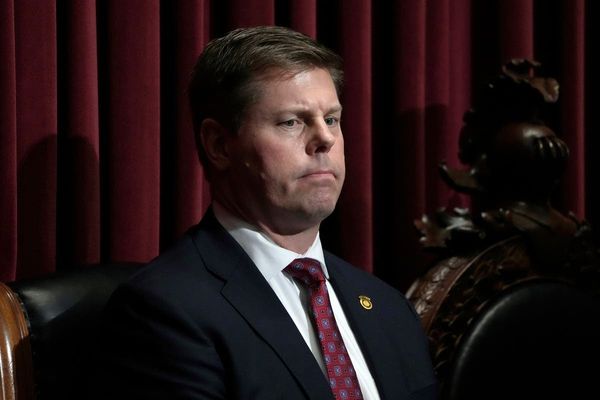A surge in the cost of small nuclear reactors has forced the national science agency to change its calculations for Australia.
The latest modelling of all energy sources, released by CSIRO on Thursday, includes data from a recently scrapped project in the United States showcasing nuclear small modular reactors (SMRs) as a way to fight climate change.
The draft GenCost 2023-24 report, out for consultation over summer, shows while inflation pressures are easing there has been a recalculation on SMRs that puts them out of reach.
Real data on a high-profile, six-reactor power plant in the US has confirmed that the technology costs more than any energy consumer wants to pay.
Costs for the Utah project were estimated at $18,200 per kilowatt but the company has since disclosed a capital cost of $31,100/kW, prompting its cancellation in November.
In contrast, under existing policies the cost of new offshore wind in Australia in 2023 would be $5545/kW (fixed) and $6856/kW (floating), while rooftop solar panels are calculated at a modest $1505/kW.
The benchmark GenCost report is an annual update of the costs of electricity generation, energy storage and hydrogen production, which attempts to build in the transmission and integration costs.
When finalised after input from industry, the projections will guide government and investor decisions about how to meet climate pledges and create the lowest-cost electricity grid for Australians.
Industry and Science Minister Ed Husic said the CSIRO report showed renewables, particularly wind and solar, remained frontrunners as the cheapest and most effective options to deliver a reliable grid to industry and households.

Of the fossil fuel technologies, CSIRO said it was difficult to say which was more competitive as it depended on contracts for long-term fuel supply and the investor's perception of climate policy risk.
The coalition recently pledged to reopen the nuclear debate in Australia, where laws ban any research or use of nuclear energy despite the country having the world's largest uranium reserves.
But even if a decision to pursue a nuclear SMR project in Australia was taken today, it is "very unlikely" a project would be up and running as quickly as 2038, CSIRO said.
Further, the agency warned nuclear electricity costs put forward by proponents may be for technology that is not appropriate for Australia, or calculated from Russian and Chinese government-backed projects that don't operate commercially.
Opposition energy spokesman Ted O'Brien said Labor should be open to all technology, which would protect against the premature closure of power plants, pour more gas into the market and better integrate renewables.
"If an energy plan is to reduce household energy prices it must put consumers at the centre, not investors," he said.
The Australian Energy Market Operator's head of system design Merryn York said updated cost assessments were important for the market to efficiently deliver secure, reliable and affordable electricity for consumers.
CSIRO's director of energy Dietmar Tourbier said generation costs were shaped by new and changing technologies, rising consumption and Australia's transition to net-zero emissions.
"GenCost uses the best available data in each cycle to provide important insights into our electricity market that are unbiased and up-to-date," Dr Tourbier said.
The draft report is open for consultation until February 9, 2024.






